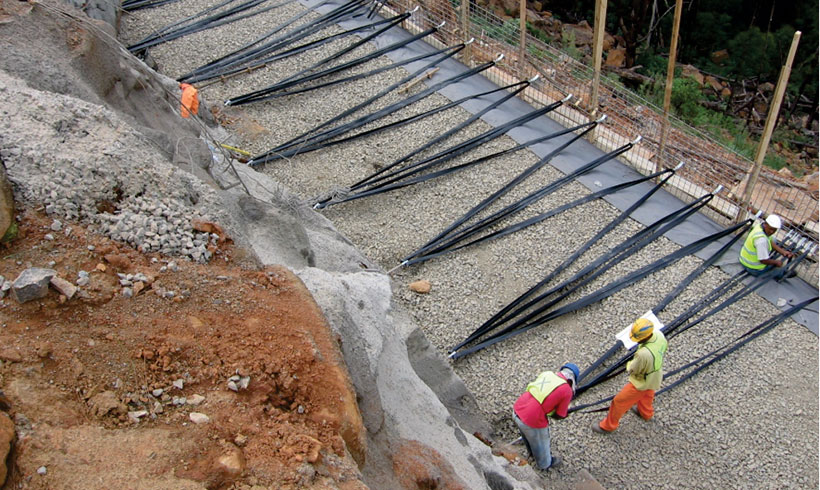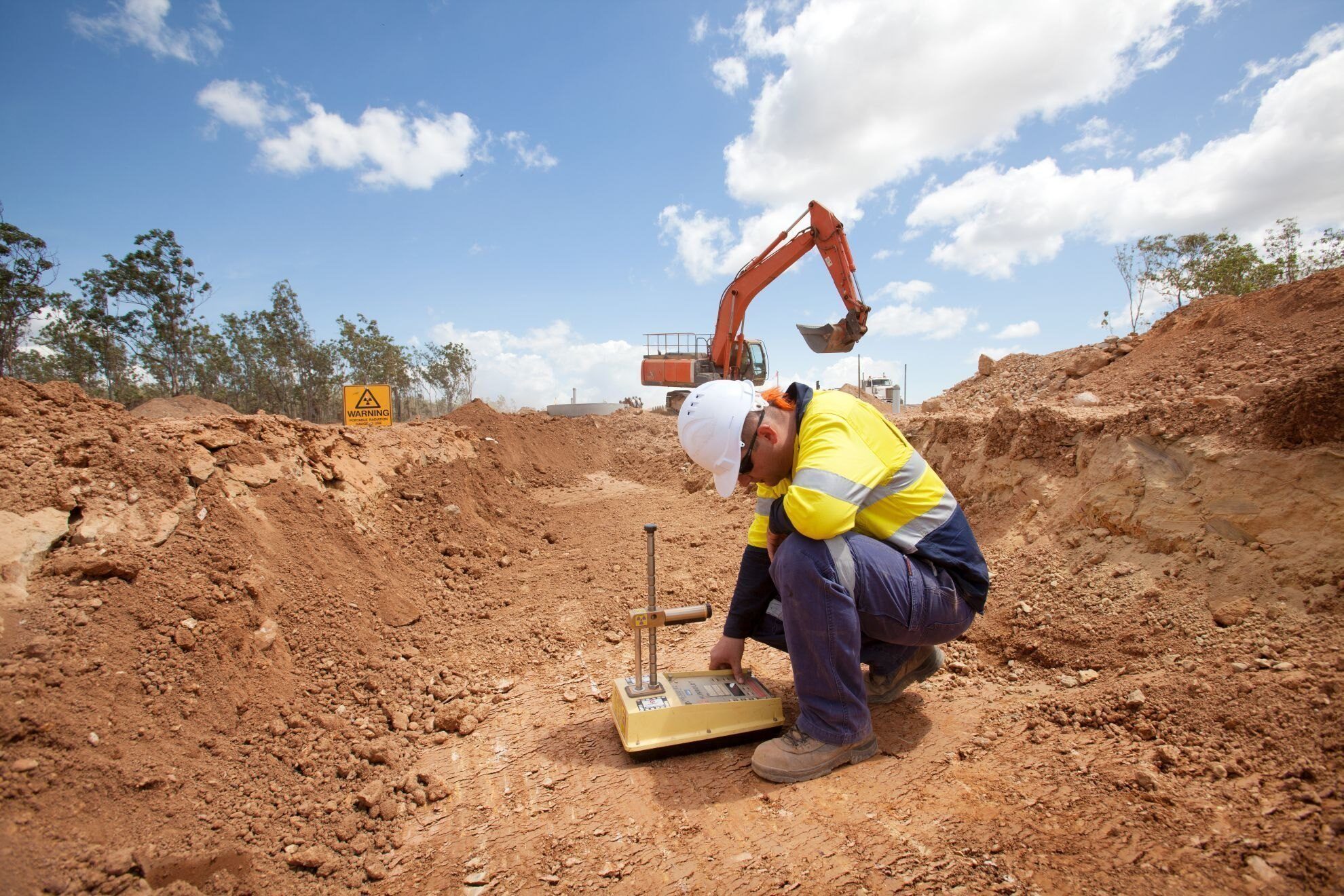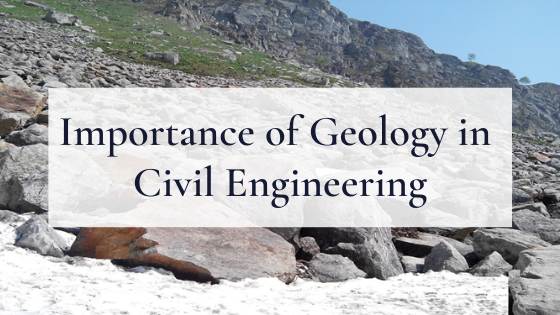Rumored Buzz on Geotechnical Engineering For Construction Projects
Rumored Buzz on Geotechnical Engineering For Construction Projects
Blog Article
How Geotechnical Engineering For Construction Projects can Save You Time, Stress, and Money.
Table of ContentsThe Basic Principles Of Geotechnical Engineering For Construction Projects 8 Simple Techniques For Geotechnical Engineering For Construction ProjectsThe Definitive Guide for Geotechnical Engineering For Construction ProjectsGeotechnical Engineering For Construction Projects Can Be Fun For EveryoneThe Best Strategy To Use For Geotechnical Engineering For Construction ProjectsNot known Details About Geotechnical Engineering For Construction Projects
The role of geotechnical design substantially takes care of recognizing the attributes of soil and rock, which may differ substantially by their thickness, dampness material etc. These functions need to be analyzed by geotechnical designers to forecast their activities under different circumstances. The safety and security in addition to security of frameworks are impacted by soil conditions, making this evaluation required.A geotechnical engineer will examine dirt to establish the bearing capacity of the planet and recommend appropriate structure types, such as shallow structures, deep foundations like piles, or specialized remedies like floating structures for soft soils. Recognizing the features and actions of dirt and rock, along with how they engage with constructions that have been put up on or within them, is one of the main descriptions for why geotechnical engineering is necessary.
Ecological security is achieved with geotechnical design. Proficiency in air, water, and soil top quality maintenance is put to make use of by geotechnical designers to reduce the unfavorable effects of jobs.
To sum up, geotechnical design is an important discipline that maintains the durability and honesty of civil framework. Geotechnical engineers add to making building projects efficient all over the world by recognizing the behavior of planet materials and using proper planning approaches.
The Definitive Guide for Geotechnical Engineering For Construction Projects
By checking out dirt, rock, and subsurface problems, geotechnical designers provide vital insights that aid in the design, construction, and maintenance of buildings and framework.

Getting My Geotechnical Engineering For Construction Projects To Work
Laboratory testing: Identifying the buildings of dirt and rock. Area testing: Performing examinations on-site to examine problems. Analysis and design: Using information to make foundations, maintaining walls, tunnels, and various other frameworks. A number of prominent building projects have successfully made use of geotechnical engineering to ensure their security and security. :: The world's highest building required a deep understanding of the underlying geology.

As a leader in geotechnical design, BECC Inc. is devoted to providing ingenious and effective solutions that meet the highest standards of quality and safety. To find out more on just how BECC Inc. can support your following building and construction job, contact us today and allow us help you construct on strong ground.
William Rankine, a designer and physicist, established an alternative to Coulomb's planet pressure concept. Albert Atterberg developed the clay uniformity indices that are still used today for soil classification. In 1885, Osborne Reynolds acknowledged that shearing reasons volumetric dilation of thick materials and contraction of loosened granular materials. Modern geotechnical design is stated to have actually begun in 1925 with the magazine of Erdbaumechanik by Karl von Terzaghi, a mechanical designer and geologist.
Geotechnical Engineering For Construction Projects - Questions
Terzaghi likewise established the structure for theories of bearing capability of structures, and the theory for prediction of the rate of settlement of clay layers because of loan consolidation. Later on, Maurice Biot completely established the three-dimensional soil combination theory, expanding the one-dimensional version Going Here formerly created by Terzaghi to a lot more basic hypotheses and introducing the collection of standard formulas of Poroelasticity.
Geotechnical Learn More engineers check out and establish the residential properties of subsurface conditions and materials. They likewise design equivalent earthworks and preserving structures, tunnels, and structure structures, and might monitor and examine sites, which might additionally include site surveillance along with the danger evaluation and reduction of all-natural hazards - Geotechnical Engineering for Construction Projects. Geotechnical engineers and engineering geologists perform geotechnical investigations to get details on the physical properties of soil and rock underlying and beside a website to create earthworks and foundations for suggested structures and for the fixing of distress to earthworks and structures brought on by subsurface problems.
The Ultimate Guide To Geotechnical Engineering For Construction Projects
, which uses a thick-walled split spoon sampler, is the most usual means to gather disturbed samples.

Normally, the interface's precise geometry is unknown, and a streamlined interface geometry is thought. Finite inclines call for three-dimensional designs to be examined, so most slopes are evaluated thinking that they are considerably vast and can be represented by two-dimensional designs.
Geotechnical Engineering For Construction Projects Things To Know Before You Get This
Developing the design based on a working theory of behavior anticipated under the most probable problems. Option of amounts to be observed as building and construction profits and determining their expected values based on the functioning theory under the most undesirable conditions.
Measurement of amounts and analysis of actual problems. It is inappropriate for projects whose layout can not be altered throughout building.
Report this page